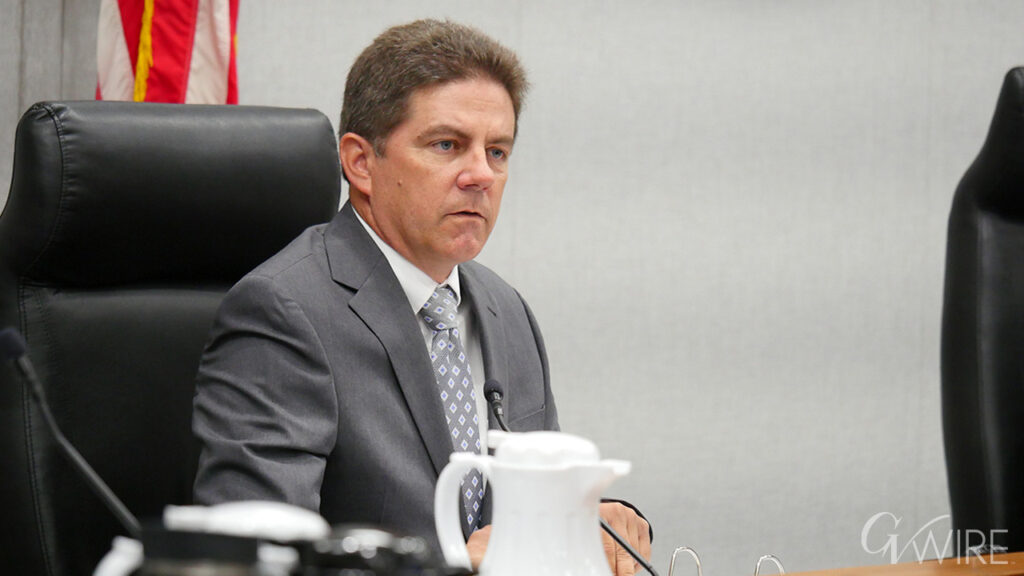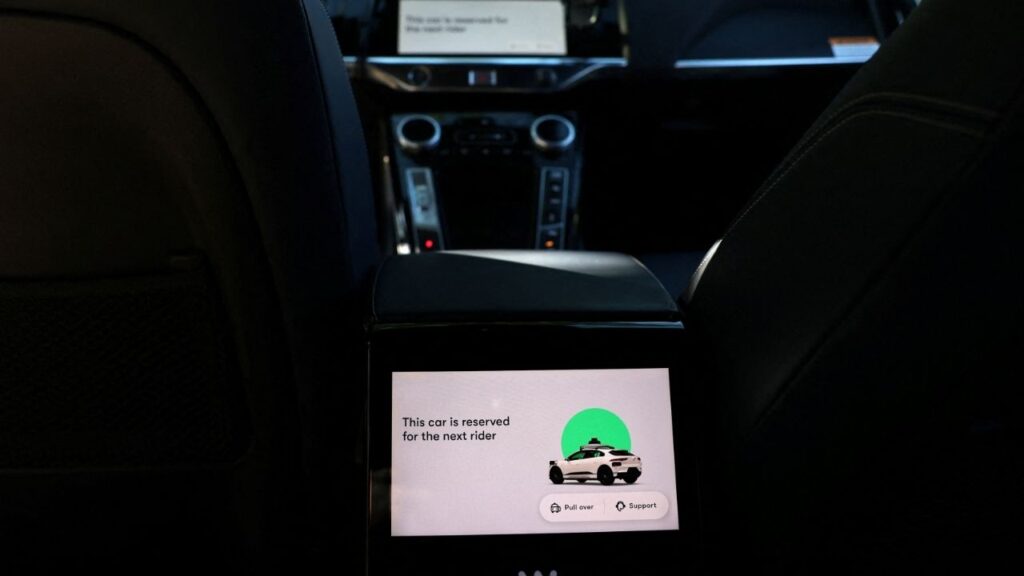Michael Maher's op-ed initiates a dialogue in Fresno about the role of hydrogen in transportation, contrasting it with BEVs while highlighting the practical challenges and broader implications for Fresno's agricultural economy and national energy security. (Shutterstock)

- What's the more sustainable green transportation mechanism: electric batteries or hydrogen fuel cells?
- There are practical challenges BEVs pose in heavy transportation, including strain on infrastructure and electricity demands.
- Beyond transportation, there is a vision where hydrogen revitalizes Fresno's agricultural economy.
Share
|
Getting your Trinity Audio player ready...
|
Responses to my recent op-ed, A Sustainable Future for Fresno: Rethinking Our Hydrogen Strategy, opened a local dialogue about hydrogen’s benefits to Fresno.
However, some have suggested that Battery Electric Vehicles (BEVs) might better fulfill our green transportation future.
So, let’s explore the realities of our transportation needs and their impact on our community. We face two paths: one of environmental degradation and the other heralding unprecedented growth and prosperity.

Michael Maher
Opinion
To begin this discussion, I‘ll define, in simple terms, the four basic acronyms commonly used in the new revolution of ground transportation: ICE, EV, FCEV, and BEV. In the future, I will add details about the coming hydrogen and other sustainable fuels revolution in aviation and marine transportation.
The two main categories of vehicle transportation are ICE, the Internal Combustion Engines and EV or Electric Vehicles. The EV category can be subdivided into FCEV — Fuel Cell Electric Vehicles — or BEV – Battery Electric Vehicles.
An ICE vehicle is powered by fuel detonation, generating reciprocating motion of a piston converted to rotational force. The fuel used in ICE could be petroleum based, biofuel, hydrogen, or a blended combination sustainable fuels. EVs use electricity to power electric motors. The electricity can be stored in a battery, i.e. BEV or in a gas tank filled with hydrogen in the case of FCEV. The latter coverts the stored hydrogen to electricity through fuel cell technology. Hybrids are typically some combination of the technologies described above.
Despite the popularity of BEVs in the passenger vehicle market, their limitations in heavy and freight transportation have proven to be substantial. Major U.S. cities, including Fresno, depend crucially on robust heavy transportation systems. Unfortunately, BEVs will not meet California’s ambitious green energy goals for such applications, not just due to the practical challenges brought by the excessive weight and other limitations of batteries, but even more so due to the lack of infrastructure upon which we depend to support the projected electrical demand of going green via BEVs.
Hydrogen Superior for Freight Transportation
Hydrogen fuel, in contrast, offers a powerful alternative for heavy-duty transportation, promising more efficient and sustainable practices by utilizing FCEV or hydrogen blending options with existing fuels in current ICE applications. The use of hydrogen fuels will responsibly ease the transition as we advance the technology, increasing efficiency and driving down the cost under what users pay at the pump.
There are significant issues that arise with the widespread adoption of BEVs in heavy transport across Central California. Being significantly heavier than other vehicles, BEVs will exacerbate wear on our already strained roads, and the electricity required to power them could debilitate Fresno and surrounding areas by limiting power for our current uses.
As an example, charging a fleet of merely 50 semitrucks or Class 8 trucks would be equivalent of the electricity usage of over 700 homes. The average power use per home in California is 24kWh per day as opposed to 350kWh to charge a BEV Class 8 truck one time. California Air Resources Board staff estimates there are 1.8 million medium and heavy-duty vehicles in California. This demand would severely strain if not cripple our power grids, especially during peak hours, leading to higher costs as well as frequent power outages.
BEV advocates propose blanketing our fertile Central Valley with solar panels to meet this soaring electricity demand. However, such a plan would not only fail to yield sufficient power for a significant portion of our transportation needs but would also devastate our agricultural land. Moreover, the long-term disposal of solar infrastructure remains unaddressed, likely leading to abandoned environmental hazards as cheaper options prevail over proper cleanup for the developers of these installations.
Electric Batteries Offer Only Short-Lived Gains
The debate between BEVs and agriculturally produced hydrogen encapsulates two visions for Fresno’s future: one that sacrifices our heritage for short-term minor gains and another that revitalizes our agricultural base, creating enduring jobs and industries. Hydrogen not only supports our agricultural economy but also ties together our national goals of food and energy security, with our valley being the only region capable of supplying both.
The natural resources here in Central California bless us with the position of a national powerhouse for renewable energy, not from our sunlight alone but through our agricultural prowess. Our rich soils and experienced farming communities are poised to drive forward green energy solutions that are both sustainable and beneficial for local and national needs.
Hydrogen excels in heavy transportation due to its high energy density and efficiency. It supports larger vehicles effectively, without taxing our limited electrical supplies or roadways and tires with the increased weight of batteries. Additionally, hydrogen fuel cell vehicles can refuel in about five minutes — a critical advantage over BEVs for maintaining workflow efficiency in California’s extensive transport networks. Hydrogen also offers superior range, with vehicles capable of exceeding 550 miles per refill, thus eliminating range anxiety and supporting extensive commutes and long-distance travel across the state.
In a future op-ed, I will delve deeper into the practical applications on how new hydrogen technology can deliver energy and fuel today. We will deliver the power and a promising future, moving forward Fresno and our CentralVvalley communities to the prominence and prosperity we deserve.
About the Author
Michael Maher, a U.S. Congressional candidate for CA-21, is committed to establishing Fresno as a leader in green hydrogen, regenerative agriculture, nuclear and advanced energy production. His diverse experience in the Navy, FBI, and private sector, alongside his involvement with TO Viridi Inc., drives his vision to transform the Central Valley into a national beacon for green hydrogen innovation.
Make Your Voice Heard
GV Wire encourages vigorous debate from people and organizations on local, state, and national issues. Submit your op-ed to bmcewen@gvwire.com for consideration.
RELATED TOPICS:
Categories



















